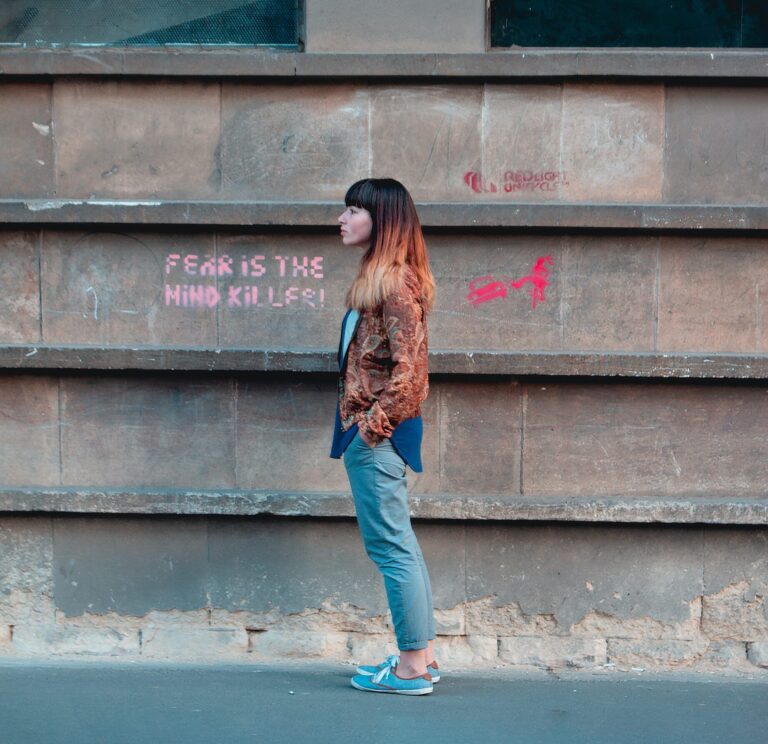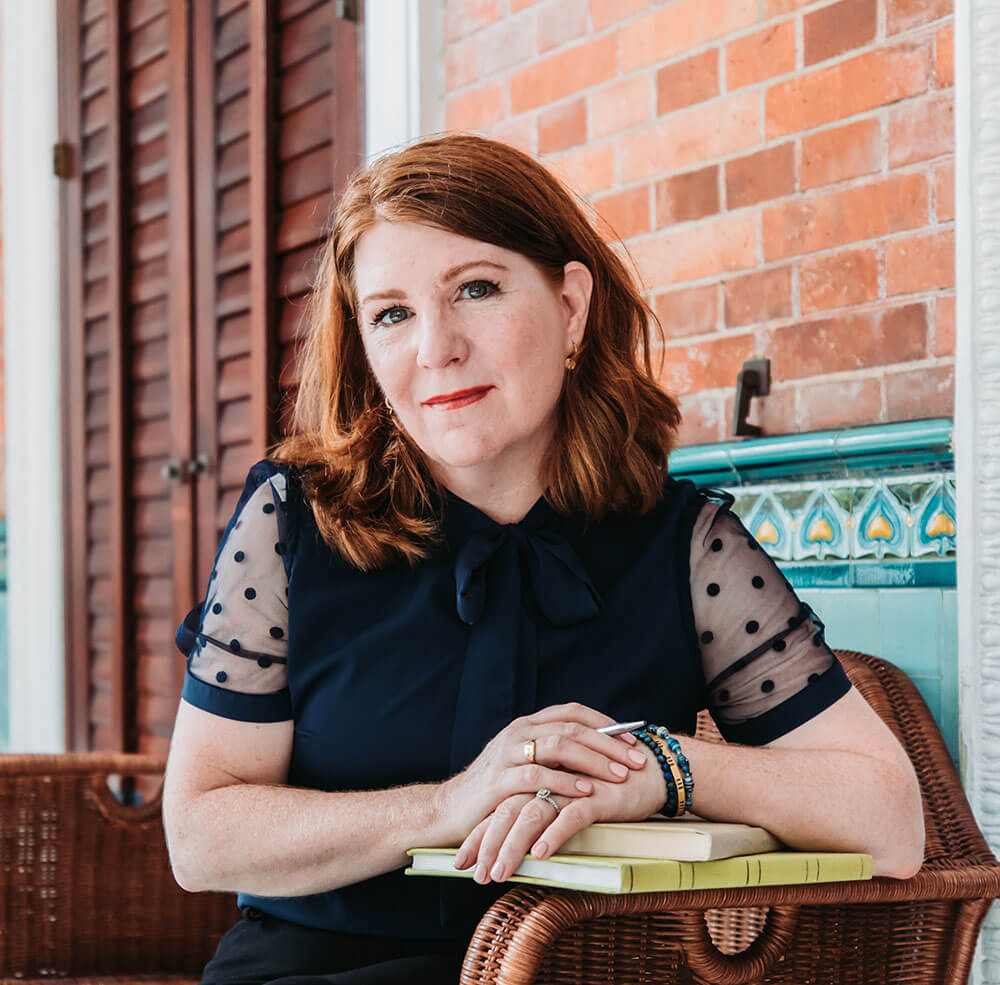Do you know what story you are making up? Your thoughts make up everything about your world–literally, you make stuff up. And so do I. It’s just how we are all making sense of the world. We create stories to align with who we think we are in given scenarios and how we think other people are. We all act rationally, in our own minds, according to the story we have created.
Here’s the wild part–the story you are making up is not necessarily true or accurate or right. Nor is it necessarily false or inaccurate or wrong.
But we ACT as if what we are thinking is, in fact, true. With a capital ‘T’.

And so does every other single person, according to the story THEY are also making up. And you may have noticed that people can see the same event and experience it in wildly different ways. (Hello, any post on social media that has to do with a social, political or medical topic.)
When I’m working with clients, we often put these stories through a bit of analysis called Event vs Perception. It’s exactly what it sounds like–we take the thing that happened and then look at their perception of it. And then we play around with other possible perceptions of the same event. We aren’t looking for the ‘right’ perception or belief–we are just exploring the idea that there may be other ways of seeing the event.
I ask a series of questions to help them explore other possible stories (or reasons) that could explain actions/reactions/behaviors of themselves, or other people involved. Keep in mind that it doesn’t matter what is ACTUALLY ‘True’, it’s the story that we have each created that informs how we behave.
Here’s an example of Event vs. Perception, OR
What Happened and The Story You Are Making Up About It
Event: when the client was out-of-town, a co-worker received a package that was for the client, opened it, set it in a closet and didn’t tell the client about it, but the client stumbled upon it.
Client: (based on contentious history with co-worker) OMG! She stole my package!
Me: What else could explain this?
Client: NOTHING. She is horrible!
Me: Maybe.
Client: She didn’t even say anything to me!
Me: I wonder why that is?
Client: Because she’s horrible. (But has slowed down to think…)
Me: Maybe. What else could it be?
Client: Well…I guess she might have thought it was hers, since it was accidently delivered to her office.
Me: Maybe. What else?
Client: I guess that might explain why it was opened, but why was it shoved in the closet??
Me: I don’t know…did you ask her?
Client: Oh, heck no.
Me: Okay, what do you think she might say?
Client: She was stealing my stuff?
Me: Or?
Client: (sighs) Maybe she was embarrassed that she opened it when she realized it wasn’t to her.
Me: Maybe. What else might be possible here?
And we keep going until the client is able to look at this event curiously. In this instance, the client desired resolution, so she did confront the co-worker. Turns out, the co-worker didn’t realize the package was for my client and had shoved it into the closet to deal with as a return later in the week. But imagine if the client only considered her one perception to be the correct one?
Even if the client had been right and the co-worker had meant to steal it, my client got to show up with calmness and curiosity because she held the possibility of a different story in her thoughts.
And that is the kind of person she wants to be–not reactive, angry, and jumping-to-conclusions. By being able to stay curious about behavior she didn’t understand and be mindful of how she wanted to show up in this conversation with her co-worker, she created a story where she got to respond the way she wanted to, not just react to something she didn’t understand. Note that she got to decide how she was going to be in the situation even before she knew the co-worker’s story.
My client had decided that the story she was making up about herself as being calm and curious was the one she wanted to act under.
It didn’t matter what the co-worker’s story was.
My client made up a story that helped her to show up calm and curious. Just exploring the possibility that her first story might not be 100% true enabled her to behave from a different place, a different story. The event was the same-the package was still shoved into a closet by a co-worker.
Do you know what story you are making up?
How we think (the stories we make up) is how we react and respond to events and people in our lives. And we act as if they are capital T ‘True’, even when very few perceptions of events by us or any other human are 100% True/Right/Accurate. We each have a story that supports our behavior. Imagine if we considered that everyone in the situation was acting according to their own perception of the event and that no one was right or wrong–it’s just how we are each making sense of the event.
This is important not only because you get to not show up as a jerk when you don’t understand someone’s behavior (and honestly, that would be enough in this world, to have a few less instances of us acting like jerks to other people when we don’t know their side of the story, or their perception), but because when you realize YOU CAN DECIDE WHAT STORY YOU WANT to act under, you get to pick your behavior. You get to pick how YOU show up. You can be open to the possibility that everyone is acting under their story, and that you don’t have to be right to
So if someone’s behavior doesn’t make sense to you, be curious about what story are they making up about the event.
But more importantly, decide what possible stories are available for you to make up and act out of so you get to show up as the person you want to be. You get to decide that every time you choose the story you are making up about yourself and how you are in relationships, how you respond to events and how you get to be in the world.





